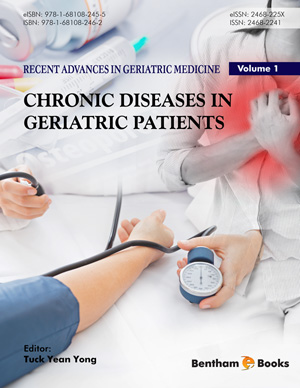Abstract
The incidence and prevalence of ischaemic stroke increase substantially with age. In addition, clinical outcomes after a stroke are influenced significantly by age. Risk factor profiles for ischaemic stroke differ between young and older patients. Furthermore older patients with ischaemic stroke often receive less effective treatment and experience poorer outcomes than the younger population. For those who survive an acute ischaemic stroke, a comprehensive approach involving lifestyle modifications, antiplatelet or anticoagulant therapy, blood-pressure control, cholesterol-lowering and carotid artery stenosis intervention where applicable, is effective in reducing the risk of recurrent stroke. Long-term rehabilitation and supportive care is critical in the management of older people after an acute ischaemic stroke. Future research is still needed to reduce the incidence of ischaemic stroke and improve outcomes in the older population.
Keywords: Anticoagulant, Antiplatelet therapy, Carotid artery stenosis, Hypertension, Older, Rehabilitation, Risk factors, Secondary prevention, Stroke.






















